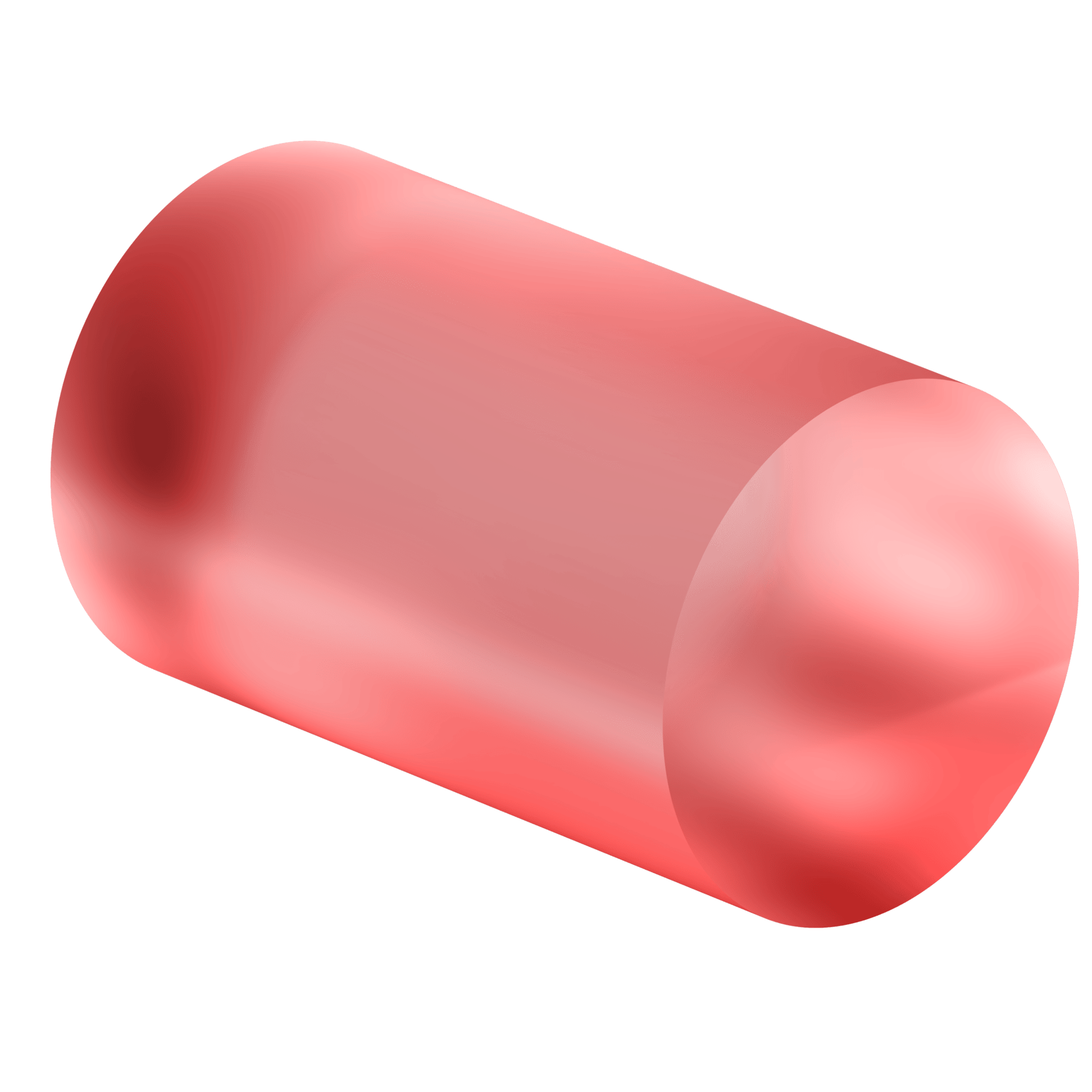Visual Storytelling:
Start Building More Engaging Content
Memorable, meaningful, and highly engaging, visual storytelling is the narrative technique powering the web’s most interesting content.



What is Visual Storytelling?
At its simplest, visual storytelling is a fancy term for the narrative technique of “showing, not telling”. Within web design, it’s the practice of using rich visual media such as graphic illustrations, photographs, video, and animated charts to tell immersive stories.
Since people respond to visual stimuli at a much faster rate—and on a more personal level—than just text alone, visual storytelling is a great tool for turning complex information into easily-digestible, engaging stories.
Naturally, this has made it a very attractive tool for digital marketers. Executed well, visual storytelling can produce captivating narratives and engaging digital experiences that resonate with audiences on a highly personal level. Often used for marketing initiatives, it’s used in everything from raising brand awareness, to generating sales and driving website traffic.
Popular Visual Storytelling
Techniques for Web
There are so many ways to tell a compelling visual story on the web. With the right tools, you can easily experiment with different visual and graphic media, as well as slick animations, micro-interactions, and transitions. Here are a few of the most popular techniques you’ll want to familiarize yourself with.
Parallax Scroll
Background elements move at different speeds to foreground content, creating instant depth and perspective. Take this to the next level by using a full-width background video.
Video Scroll
Make sure readers see your most engaging content by triggering videos to play on scroll.
Before & After Sldier
A simple but effective way to gently introduce interactivity to keep your readers engaged.
Parallax Scroll
Background elements move at different speeds to foreground content, creating instant depth and perspective. Take this to the next level by using a full-width background video.
Show / Hide
Engage readers with elements that appear or disappear on click. Great for pop-ups and quizzes.
Animated Charts
Turn quantitative data into a visual focal point as readers scroll through. A must for stats-heavy storytelling.
3D Elements
Bring instant wow-factor (and another dimension) to any web design.
Storytelling Examples Made in Vev
As such a creative and versatile format, scrollytelling can effectively be used on any website—you don’t have to look too far to spot a website using one or more scrollytelling elements. We’ve seen some great scrollytelling examples for photo essays, animated comics, interactive presentations, and even portfolios.







+ Many more
Publish visual storytelling pieces directly in your CMS
You can now visually build and modify the dynamic "marketing components" of your web pages — from individual blocks to full pages — and publish them directly in your CMS.
Get a personalized Introduction to Vev
Book a custom demo with our Sales team to explore how Vev could work for your team.

Build a Visual Story Like the New York Times
The New York Times is renowned for its visually-driven editorial content, which makes effective use of scrollytelling video and parallax image techniques. We had a go at recreating one of their pieces in Vev—without coding a thing.
Plan the visual content design from the get-go
What comes first, the design or the written content? Unfortunately, design is often an afterthought. In the case of visual storytelling, design and content go hand-in-hand. The design aspect should be considered much earlier in the process to ensure the visuals and text align and compliment each other.
Keep a consistent visual style
It may be tempting to include a multitude of visual media into your digital project—you can’t go wrong by infusing a bunch of images, audio, navigational icons or 3D animations into text-heavy content, right? Actually, adding visual elements for the sake of bringing some movement or depth to your content can backfire if you don’t consider the overall picture. For best results and increased audience interaction, keep the visual style consistent. Follow UX/ UI best practices, ensuring all imagery and other media elements work well together, and that the visuals actually align with the story itself.
Foster reader participation
Get readers involved like never before through playful micro-interactions that let them direct the story. Scroll progress indicators, clickable icons that carry you through the narrative, or interactive visual prompts allow the reader to become an active participant in your story’s “journey”. Bonus points for examples that create multiple pathways readers can choose to go down.
Use movement and transitions
Gone are the days of static text blocks accompanied by a solitary image or two. An interesting navigation brings fluidity to your story. Strategically add breaks and transitions such as video scroll or parallax scrolling to divide dense content blocks into easy-to-read sections that ease the narrative flow.